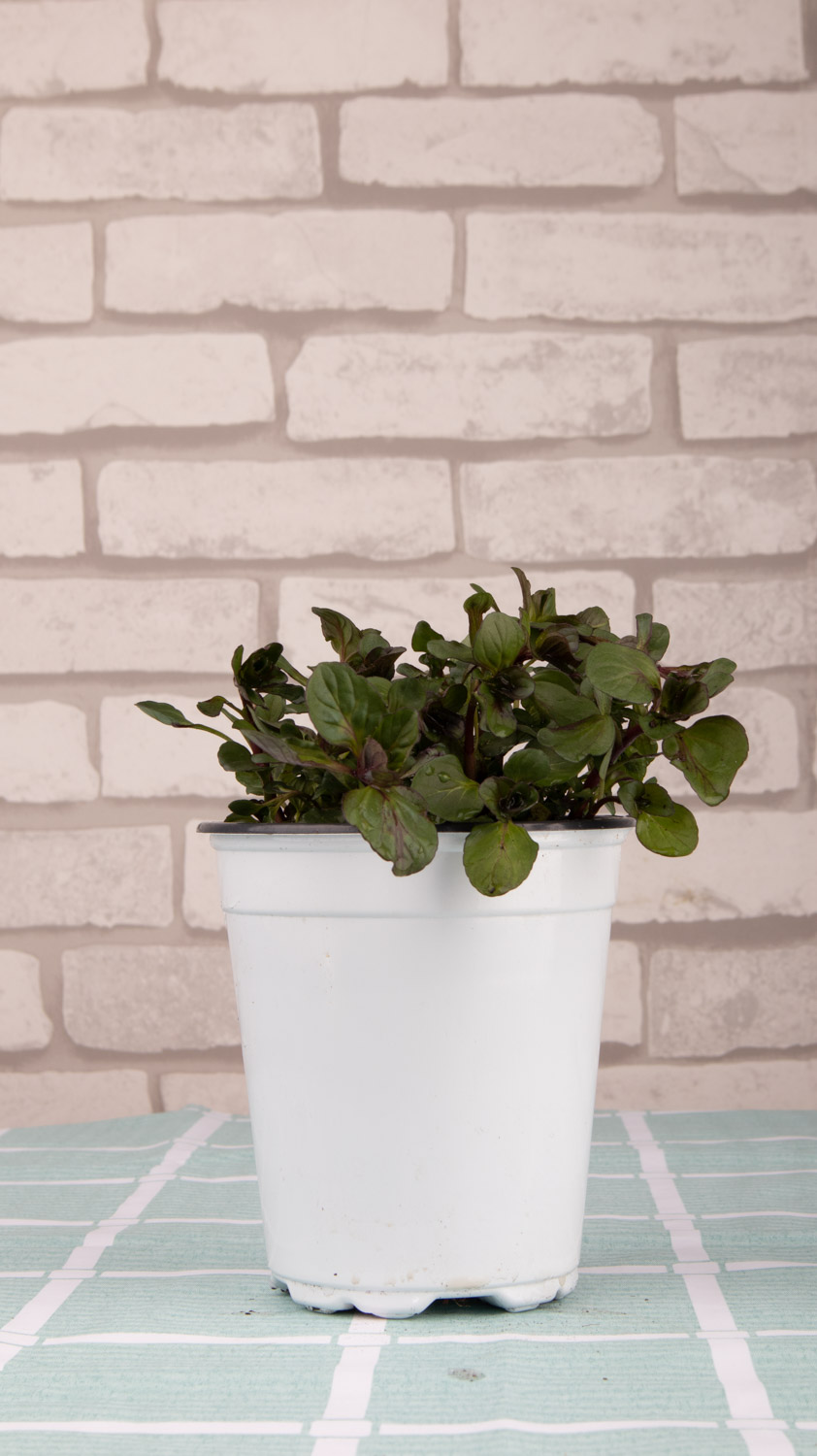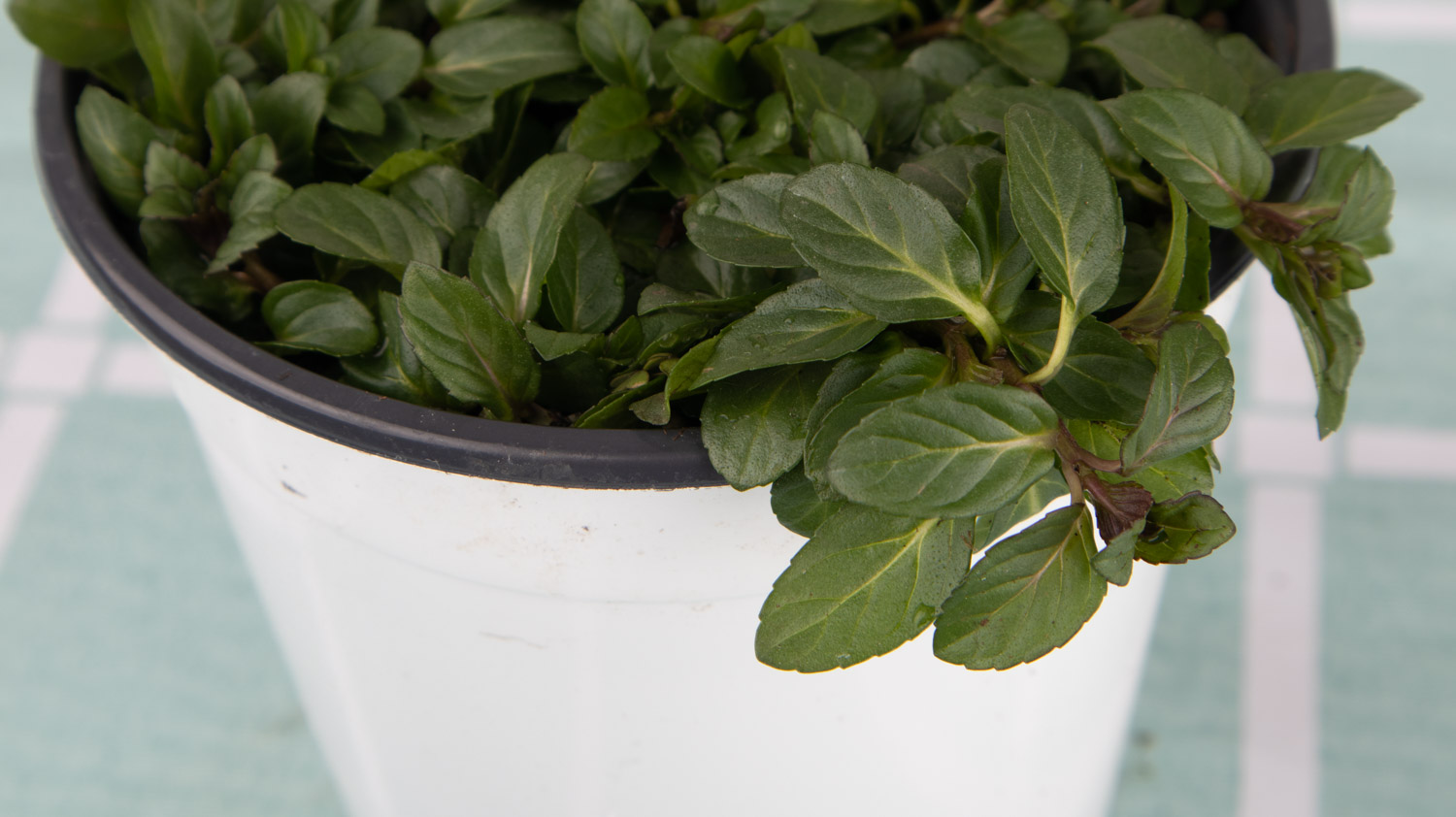1、 Sowing time
Peppermint is usually sown in spring or autumn. This plant is suitable for growing in a warm climate, so it is easier to take root and sprout after sowing in spring and autumn. High temperature is unfavorable to the growth of seedlings in summer. The temperature in winter is too low. Although it has certain cold resistance, it grows slowly, so it needs to wait until spring to grow

2、 Carry out germination
Because the germination rate of peppermint is not high, it is usually necessary to promote germination before sowing. Soak the seeds in warm water at 40 ℃ for about 5 hours without maintaining the water temperature. Prepare a plate, add an appropriate amount of water into it, and lay a paper towel. Put seeds on the paper towel and cover it with plastic film, which can moisturize. Several holes can be pierced on the film to improve ventilation

3、 Basin soil preparation
Peppermint is suitable for growing in loose and fertile soil, and good drainage is essential, which is conducive to the respiration of roots. Generally, garden soil, humus soil and river sand are used for preparation. The proportion of river sand should not be too large, otherwise it will affect the development of roots. An appropriate amount of organic fertilizer can be added to the basin soil as the base fertilizer, which can continuously provide nutrients for the plant

4、 Sowing and curing
Put broken bricks or tiles on the bottom of the flowerpot to improve its drainage capacity. Fill it with prepared soil, generally 80% of the height of the flower pot. Then put the seeds in the middle of the basin soil, cover with about 5mm fine soil, and water appropriately. Water slowly, or the water will wash away the seeds. Then put a plastic bag on it to keep it moist

 how many times do yo...
how many times do yo... how many planted tre...
how many planted tre... how many pine trees ...
how many pine trees ... how many pecan trees...
how many pecan trees... how many plants comp...
how many plants comp... how many plants can ...
how many plants can ... how many plants and ...
how many plants and ... how many pepper plan...
how many pepper plan...





























